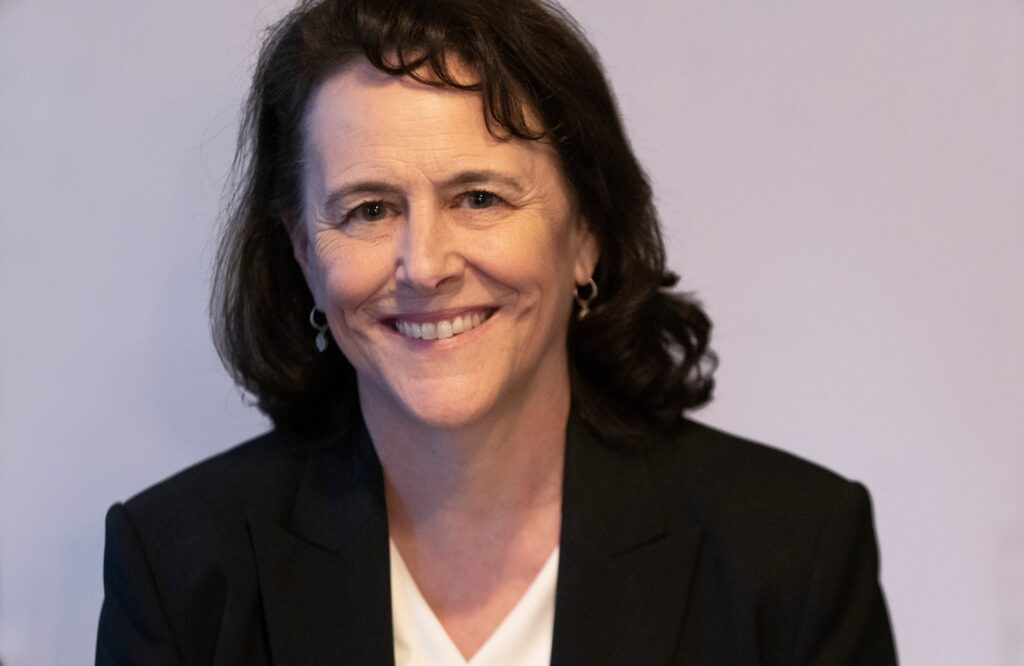A year ago, when I told The Oregonian/OregonLive
publisher John Maher
that I
planned to retire
this summer, it seemed a long way away. Now, it’s here.
Working in journalism for
my entire career
has been a privilege. Our newsroom is strong and well-positioned for the next tectonic shifts in the news business. They are
inevitable.
Artificial intelligence,
for one thing, holds numerous promises and
no shortage of perils
. We’ve seen glimpses of promising use cases (
automated weather alerts
, for instance) but also watched as other
news organizations courted disaster.
I am confident
The Oregonian/OregonLive’s new editor, Laura Gunderson
, and her leadership team will navigate the future with care and prudence.
We know the best value our news organization can provide is unique, reliable, local reporting that readers can trust.
If you value that, do me a favor:
Subscribe to The Oregonian or OregonLive (or both!).
To be sure, journalism will endure and, in the age of artificial intelligence,
the actual intelligence we provide
will be increasingly valuable. It’s worth supporting.
Every change we’ve made over the past several years (such as
reducing print days
to four) we have made with the goal of keeping our newsroom strong – protecting the reporting and public service mission that is at our core.
We have been able to grow our newsroom over
the seven years I have been editor.
We could not have done that without the support of thousands of paying subscribers.
So,
thank you.
And thanks to so many of you who took the time to respond to
this column
or other coverage over the years. I appreciated the conversation with those who sincerely sought answers about how we do our work.
Journalism is at its heart a human endeavor. We won’t always get it right, but we count on you – our readers – to let us know when we’ve missed.
We won’t always agree. Many readers were unhappy when I
ended reader comments
on OregonLive and again when I
canceled “Dilbert.”
That’s OK. There’s plenty of room for civil disagreement.
I was privileged to lead the newsroom during
the coronavirus crisis
, where we had to figure out how to leave the communal newsroom behind and work remotely, grappling with the same fears and uncertainties as our audience. We staffed more than 100 straight days of protests in 2020, and we covered historic wildfires throughout the state later that year.
In this column, I have tried to highlight my passion for
government transparency
, public records and open meetings. Journalists fight for information for the public good. And we always will prioritize journalism that fits with our public service mission.
We hold others accountable, so I’ve tried to be transparent when we have
fallen short.
As I said, it’s a human endeavor and we will sometimes get it wrong.
We’ve adapted to new realities, such as launching
our clean slate program
in recognition of the long memory of Google, which didn’t exist when I started my career. Our program to allow people
to appeal for removal
of old content reflects the technological changes around us.
When I started, most people worked on electric typewriters. On the copy desk, where I began as an intern, we had the first rudimentary computers. People still smoked at their desks, and the newsroom was almost entirely male. Only about 15% of women in the US had a four-year college degree in 1983, the year I graduated from the University of Oregon.
The Oregonian not only moved to computers but in the 1990s began focusing on digital delivery of news with
the advent of OregonLive.
Then, as audiences migrated to social media (Facebook became available to the public in 2006), we shifted there
as well.
Reporters who once used pen and notepad now carried cameras to capture video, dispatched stories from their smartphones direct to the web, and learned the nuances of search engines.
People who embrace change, who thrive on change, will do well in journalism going forward. I continue to be impressed by the newer journalists I meet.
The Oregonian/OregonLive is in good hands going forward. Gunderson will introduce herself further soon. She brings a deep understanding of Portland and Oregon to the role.
Journalists tend to be always on duty. After 42 years in the newsroom, I will have to adjust to civilian life. Leaving the office the other day, I chased a plume of black smoke only to find a not-newsworthy small fire. Old habits will die hard.
I leave behind the best newsroom, filled with people who are passionate about bringing you the news and uncovering the facts. We always hear more criticism than praise, but trust me when I say they deserve your praise and your support.
So, yes,
please subscribe.
Last, I’ve occasionally
pulled back the curtain on newspapering
, explaining our work or defining the lingo. So, here’s one last bit. Reporters traditionally ended their articles with a symbol — held over from telegraph days and
then the hot-type era
.
The symbol signified the article had come to its end.
Even after newspapers moved away from lead type, this endured as a universal signoff.
Here, with my sincere appreciation for all of you, I end, according to tradition.
-30-
(Reach me at
tbottomly@oregonian.com
until Aug. 1, when I retire. Read about The Oregonian/OregonLive’s
new editor, Laura Gunderson.)





More Stories
Letter from the Editor: A fond farewell after 42 years
Letter from the Editor: A fond farewell after 42 years
Letter from the Editor: A fond farewell after 42 years